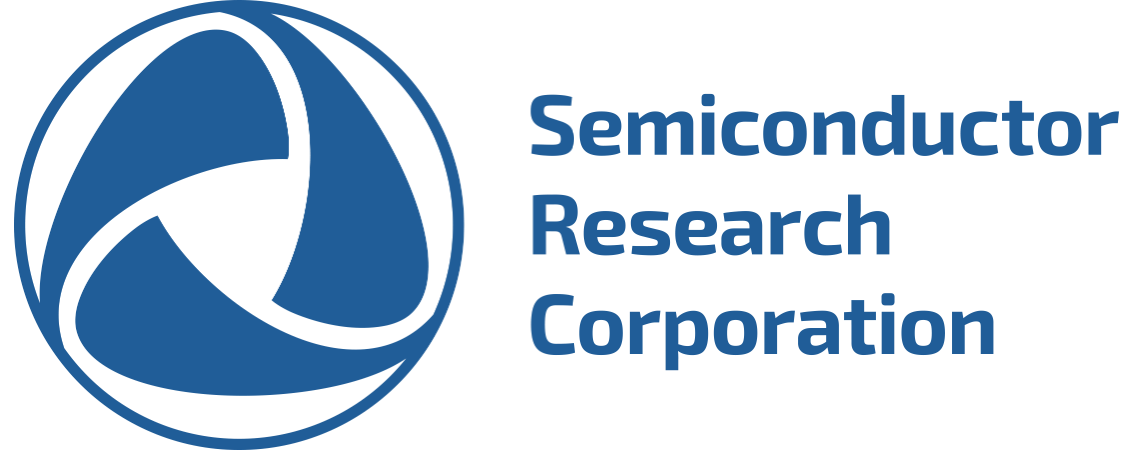Overview
The collaborative multi-university Center for Circuits & Systems Solutions (C2S2) addresses "circuits & modules" design challenges that threaten us at the end of CMOS scaling that represent new opportunities in the functionally diverse "More than Moore" arena, and that are required to make post-Si circuits viable.The science of integrated circuit and module design is the conversion of transistors into useful performance, delivered in useful form factors (i.e., modules), operating under stringent power limits, for integration in diverse systems. Looking backwards, we see three decades of investment in semiconductors, circuits, and design methods that have resulted in phenomenal progress.
Looking forward the researchers are focused on five prominent challenges that represent the Center's mission: 1) The end of the CMOS roadmap is near 2) Maximum performance is unexploitable because customization is unaffordable 3) Opportunities beyond Information Technology (IT) applications are exploding 4) Design strategies for nondigital circuits/modules are unsystematic 5) Post-silicon circuits are (almost) real.
Research Focus
To achieve the research objectives of the C2S2, the Center is organized into the following themes:
- Circuits/Modules Infrastructure - Novel methodologies, tools, custom design flows
- Enterprise Systems - The highest performing, largest designs (1010 devices), at the most scaled nodes (~10nm), operating in the most difficult power envelopes
- Portable Electronics - Mobile, wearable, soldier-in-field, ultra-low power designs
- Functional Diversity - More-than-Moore designs (e.g. biomedical electronics, sub-mmwave defense-oriented imaging)
- Emerging Circuits - Circuits in post-silicon and augmented-silicon technologies
Center Management
Center Director
Lawrence Pileggi
Legacy Content
FCRP Phase V ended on 31-Jan-2013, and this content may no longer be current.
Longer term microelectronics research is now being sponsored by DARPA and industry participants in STARnet (FCRP Phase VI).
C2S2 Metrics
-
Since Inception
28 Projects27 Universities368 Research Scholars102 Faculty Researchers22 Liaisons2,459 Research Data3 Patents Granted


 C2S2
C2S2